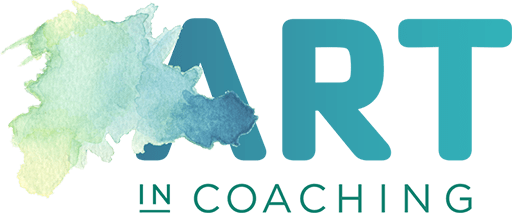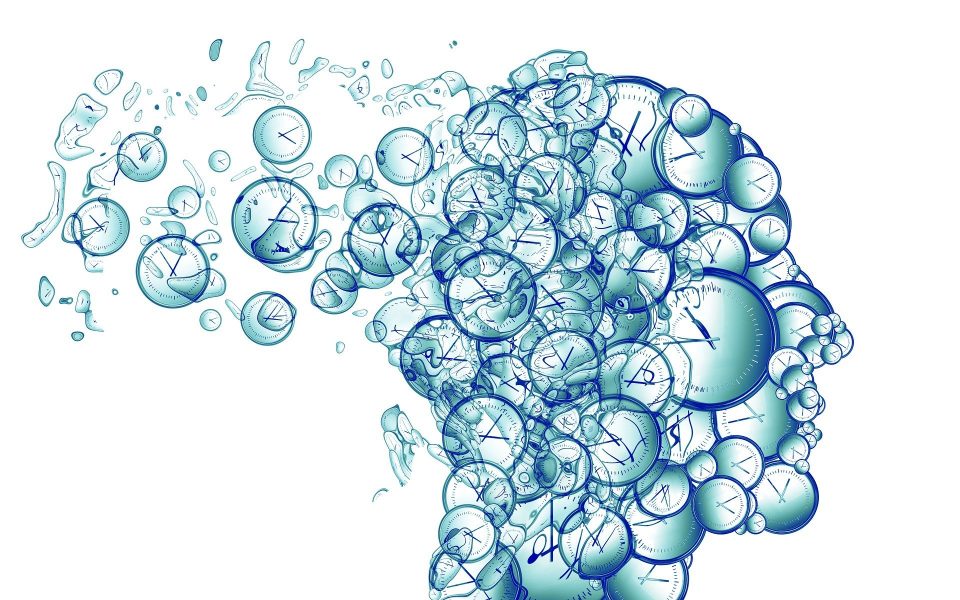Our left hemisphere is dominant most of the time and if we want to be able to allow the right hemisphere to have a voice, we have to work in a way that allows the right hemisphere to be in control. This actually means working in a way that quietens the left hemisphere.
In Sperry’s split-brain studies, he found that the left hemisphere tends to relinquish tasks if it really dislikes them. These tend to be tasks that take too much time, are too detailed, or are too slow. We need to work in a way that the left hemisphere will either turn down, allowing the right hemisphere to take it up, or in a way that will stop the left hemisphere interfering with the right. (Betty Edwards, The New Drawing on the Right Side of the Brain p46).
To quieten the left hemisphere, I use a number of different approaches to the imaging part of a coaching session. Some of these encourage the left hemisphere to relinquish control by slowing the pace down or becoming too detailed as clients immerse themselves in abstract works, but I have also used other methods that seem to achieve the same result. The following approaches are taken from my book Coaching Beyond Words – Using Art to Deepen and Enrich Our Conversations, Routledge 2019 pages 38 & 39:
- A mindfulness pause. Before asking a client to draw something I create a mindfulness pause, taking time to allow images to emerge. By using a mindfulness approach I slow the pace
 down and focus on the breath before talking through the coaching area of focus and inviting images to emerge in the client’s mind’s eye. Slowing the pace down helps the left hemisphere to relinquish the task, giving the right hemisphere the opportunity to take over. The task is taking too long and is too slow!
down and focus on the breath before talking through the coaching area of focus and inviting images to emerge in the client’s mind’s eye. Slowing the pace down helps the left hemisphere to relinquish the task, giving the right hemisphere the opportunity to take over. The task is taking too long and is too slow! - Drawing in the moment. However, the mindfulness pause doesn’t work for everyone as the mind can take time to settle and it can sometimes take a long time for the left hemisphere to relinquish control. In these circumstances I just ask clients to draw spontaneously, in the moment. The spontaneity of it, the no thinking about it, seems to allow the right hemisphere to take over.
- Working in the abstract. Sometimes clients can get very judgemental of their abilities which puts up a barrier to intuitive expression. Possibly the left hemisphere getting annoyed that it can’t do it? In these circumstances I encourage people to just go with their instincts and intuition. This approach leads to abstract images that, in turn, lead to a deeper awareness. Because the client is not creating images that are ‘real’ and ‘known’, the left hemisphere seems to quieten and the right hemisphere take over.
- Playing. I have also noticed that when encouraging clients to play with the materials with no agenda behind it, the resulting images can often be very powerful. The left hemisphere may have relinquished control because there is no logical purpose, allowing the right hemisphere to take over. The image seems to become unconsciously meaningful perhaps because it is a coaching session and the client may have already been reflecting on the focus for the session or it is ready to emerge.
When coaching with art I invite my clients to work in the moment without censorship and judgment. I work in a way that encourages my clients to trust in their intuition and imagination. I do not ask them to capture what they are ‘thinking’ because this keeps them in the left hemisphere space of words and they would end up illustrating a left hemisphere thought. The task is also clear but often challenging as it takes them outside of their comfort zone; but it is manageable. This can also lead to flow which is a sign we are working with the right hemisphere.

